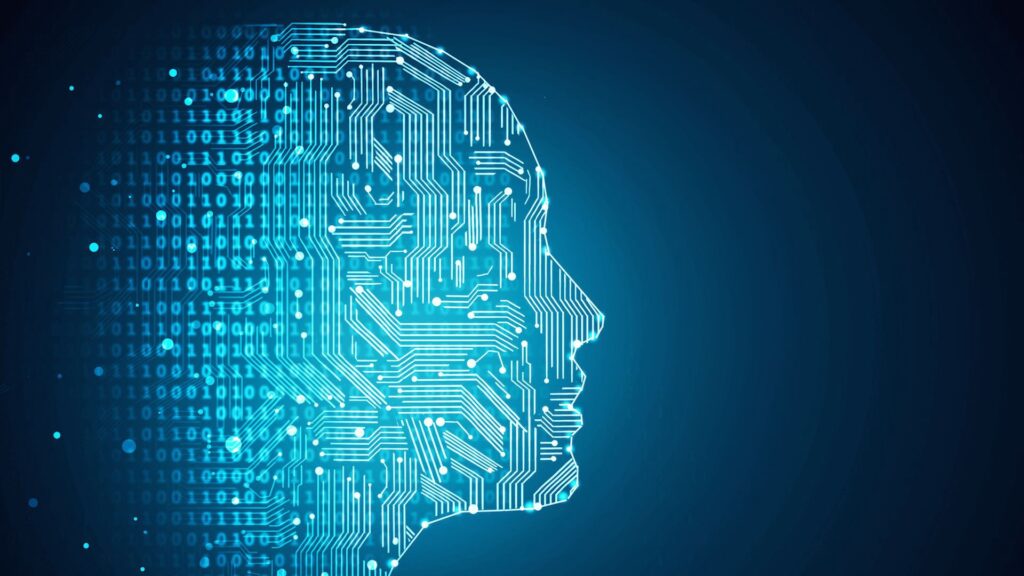HDFC Bank has developed an AI-based chatbot called EVA (Electronic Virtual Assistant) which has addressed over three million customer queries, interacted with over half a million unique users, and held over a million conversations. Eva can collect knowledge from thousands of sources and provide simple answers in less than 0.4 seconds.
• Berlin-based agricultural tech start-up called PEAT has developed an application called Plantix that identifies potential defects and nutrient deficiencies in the soil through images captured by the user’s smartphone camera.
• An organisation called, Cambio Health Care has developed a clinical decision support system for stroke prevention that can give the physician a warning when there’s a patient at risk of having a heart stroke.
• AI-based public ride-hailing service, Waymo collects data from the vehicle’s radar, cameras, GPS, and cloud services to produce control signals that operate the vehicle.
• Google Duplex not only responds to calls and book appointments, but also uses Natural Language Processing (NLP) and machine learning algorithms to process human language and perform tasks such as managing your schedule, controlling your smart home, making a reservation and so on.
All the above have one thing in common – the harnessing of Artificial Intelligence (AI).
AI – all about future
AI can be broadly defined as a technology which replicates human behaviour and abilities conventionally seen as ‘intelligent’. These are machines that perform a specific function within strict parameters. Think of image recognition, information retrieval, language translation, reasoning based on logic or evidence, and planning and navigation. All are technologies that underpin services like route mappers, translation software and search engines. AI applications are being tried, tested and used in sectors like marketing, banking, finance, agriculture, healthcare, gaming, space exploration, autonomous vehicles, chatbots and artificial creativity.
Mobile assistants like Apple’s Siri and Google’s Now make use of all three categories of intelligence: sensing, reasoning and communicating. It begins by using speech recognition to capture what people are asking (sensing), then uses NLP to make sense of what the string of words mean and comes out with an answer (reasoning), and finally deploy natural language generation (NLG) to convey the answer (communicating).
Whether you’re asking about weather or directions to the nearest coffee shop it works for you. The physical machines imbued with AI capabilities add to the fourth category – that of movement. Like a self-driving car, it will sense its environment using a variety of detectors (e.g. spotting a pedestrian walking across the road), deploy reason to decide whether there are any risks (e.g. of hitting the pedestrian), and then implement a necessary movement (e.g. slowing down or altering direction).
Artificial Intelligence has incredible potential to address big social, humanitarian and environmental problems. For instance, in the past few years, Google has applied core Google AI research and engineering to projects with positive societal impact, including forecasting floods, protecting whales and predicting famines.
In October 2018, the Google AI Impact Challenge kicked off with an open call to organisations around the world to submit their ideas for how they could use AI to help address societal challenges. It received 2,602 applications from six continents and 119 countries, with projects addressing a wide range of issue areas, from education to environment. Twenty organisations received a total of $25 million in grant funding from Google.org, coaching from Google’s AI experts, credit and consulting from Google Cloud, and inclusion in a six-month Google Developers Launchpad Accelerator.
The huge India potential
Since the early 90s, the IT and ITeS services sector in India has been of tremendous importance to its economy eventually growing to account for 7.7% of India’s GDP in 2016. In February 2018, the government think-tank, National Institution for Transforming India (NITI) Aayog, announced that it will spearhead a national programme on AI focusing on research. This development comes on the heels of the launch of a Task Force on Artificial Intelligence for India’s Economic Transformation by the Commerce and Industry Department of the Government of India in 2017.
The current areas of focus for AI applications in India are majorly focused in precision agriculture ( the government has initiated a proof of concept pilot in 15 districts in India to use AI-based real-time advisory based on satellite imagery, weather data, etc., to increase farm yields where the farm production levels are low), healthcare (augmenting the productivity of existing pathologists and radiologists, working on early diagnosis and detection of Diabetic Retinopathy and Cardiac Risk-based on the AI models); and the Indian Languages Project ( to build a complete natural language processing platform for Indian languages. This would aid in the development of several applications, like the conversational general and career counselling through chatbots and assistants, conversing in 22 Indian languages).
Analysing how they can make processes more efficient has led Indian businesses to increasingly adopt AI in the enterprise across different verticals. Products and services are being rebuilt with the integration of AI with the objective of creating a better experience for end consumers. All this has driven the demand for professionals skilled in AI-based technologies.
“Growing by 80%, we see AI is no longer in a hype stage and has observably entered the period of real productivity,” says a report titled The Hitchhiker’s Guide to Artificial Intelligence 2019- 2020 made in collaboration with Great Learning and AIM.
The Artificial Intelligence industry in India is currently estimated to be $415 million annually in revenues, up from $230 million a year ago. Presently, over 3,000 companies in India including TCS and Infosys claim to work on AI in some form or the other which includes a small number of companies that are into products and a larger chunk offering either offshore, recruitment and training services. In fact, India accounts for just 12% of global analytics companies. In 2018, Indian companies accounted for 8% of the global share, which indicates a noteworthy growth.
“In India, the government push is towards AI applications that have social benefits like health care, education and agriculture. The direct financial impact of these sectors is massive, but the government seems to be focused first on improving the health and well-being of its citizens,” writes Raghav Bharadwaj in the article, Artificial Intelligence in India – Opportunities, Risks, and Future Potential (https://emerj.com/). “India could become the hub for data cleaning around the world. The IT services industry could easily transition into human-trainers of AI, a need that already exists (as evidenced by Figure Eight, Clickworker, Gengo.ai, and other players in the human-assisted AI training market).


 [/column]
[/column]